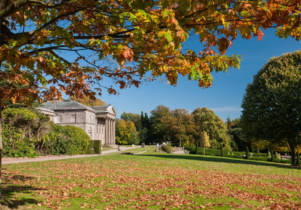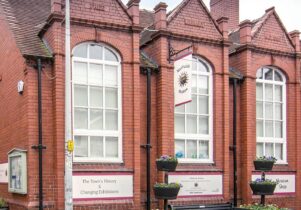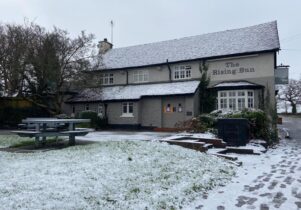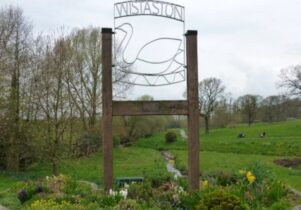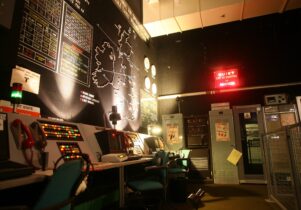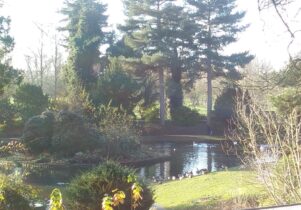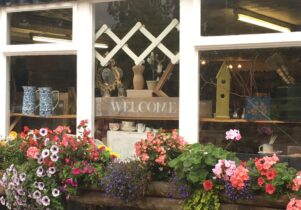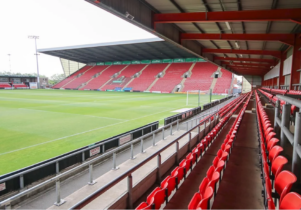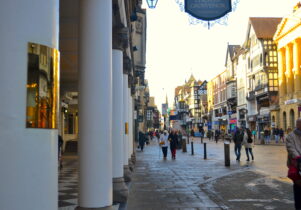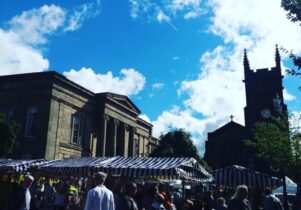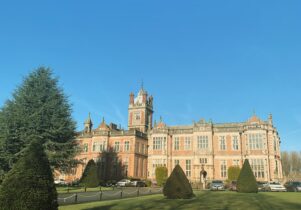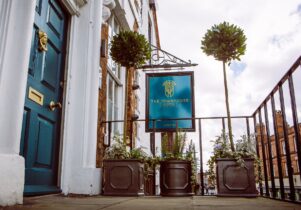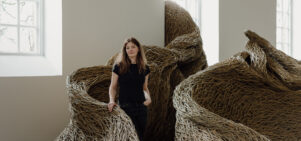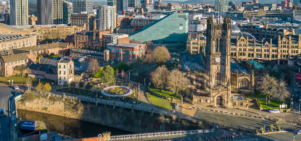St. Mary’s Church
Vicky Andrews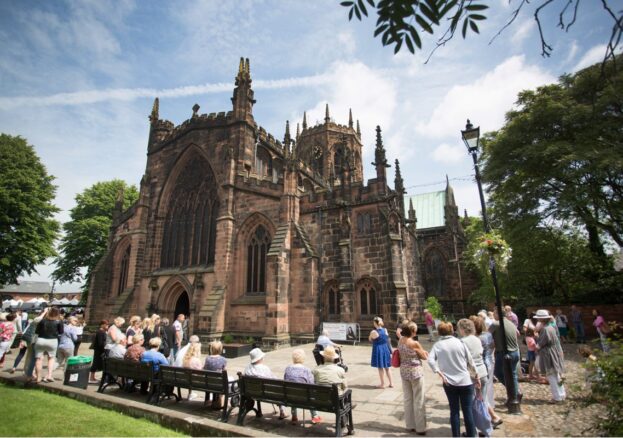
Just ten minutes down the road from Crewe in the beautiful and historic village of Nantwich is St. Mary’s Church, one of the finest Medieval churches in England.
In many respects, St. Mary’s Church competes with some of the great cathedrals. In the 19th century, a restoration project was supervised by Sir George Gilbert Scott, the Gothic revival architect behind St. Mary’s Cathedral in Glasgow and St. Mary’s Cathedral in Edinburgh. Not all of Scott’s renovations met with popular approval but St Mary’s remains one of England’s most outstanding churches, described as ‘The Cathedral of South Cheshire’.
Construction on the original church began in 1340 and took over a hundred years to complete, delayed in part by an outbreak of the Black Death. As if Medieval life wasn’t hard enough, then you had to go and deal with a bubonic plague. Built from local red sandstone, St. Mary’s is a striking place of worship crowned with an unusual octagonal bell tower.
Be sure to spend at least an hour looking around inside, as this is where you will find some unique details. The 14th century chancel and sanctuary are particularly fine and the choir stalls are easily as impressive as the ones you will find in Chester and Lincoln Cathedral.
Most visitors come here to marvel at the misericords. What the heck is a ‘misericord’? Well, back in Medieval days, members of the clergy weren’t supposed to sit down at long services. Someone came up with the idea of adding a small carved shelf to the underside of the choir stall. This misericord (also known as a ‘mercy seat’ or ‘pity seat’) acted as a little bum-rest when the seat was tipped up. Woodcarvers got creative and came up with all sorts of designs; the misericords at St. Mary’s are said to be some of the best examples in England.
Another interesting feature is an oak ‘dole chest’ in the North Transept, a carved trunk used for the distribution of bread. There are also two stone grave slabs related to the crusades, some hollowed out tree trunks which were used as water pipes following the Great Fire and various other artefacts. St. Mary’s has a church shop and visitor centre but it’s worth popping into Nantwich Museum while you’re here to find out more about the village’s fascinating past.
